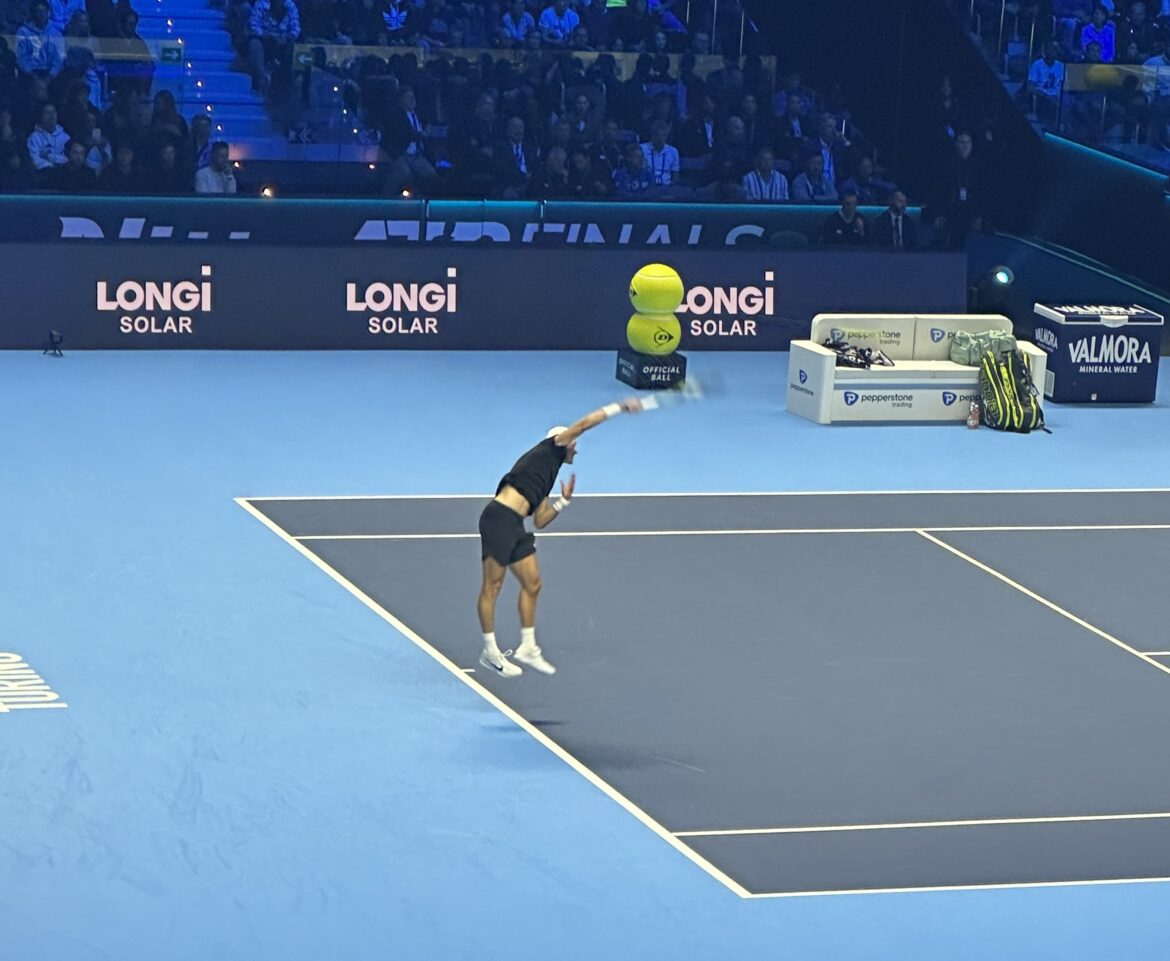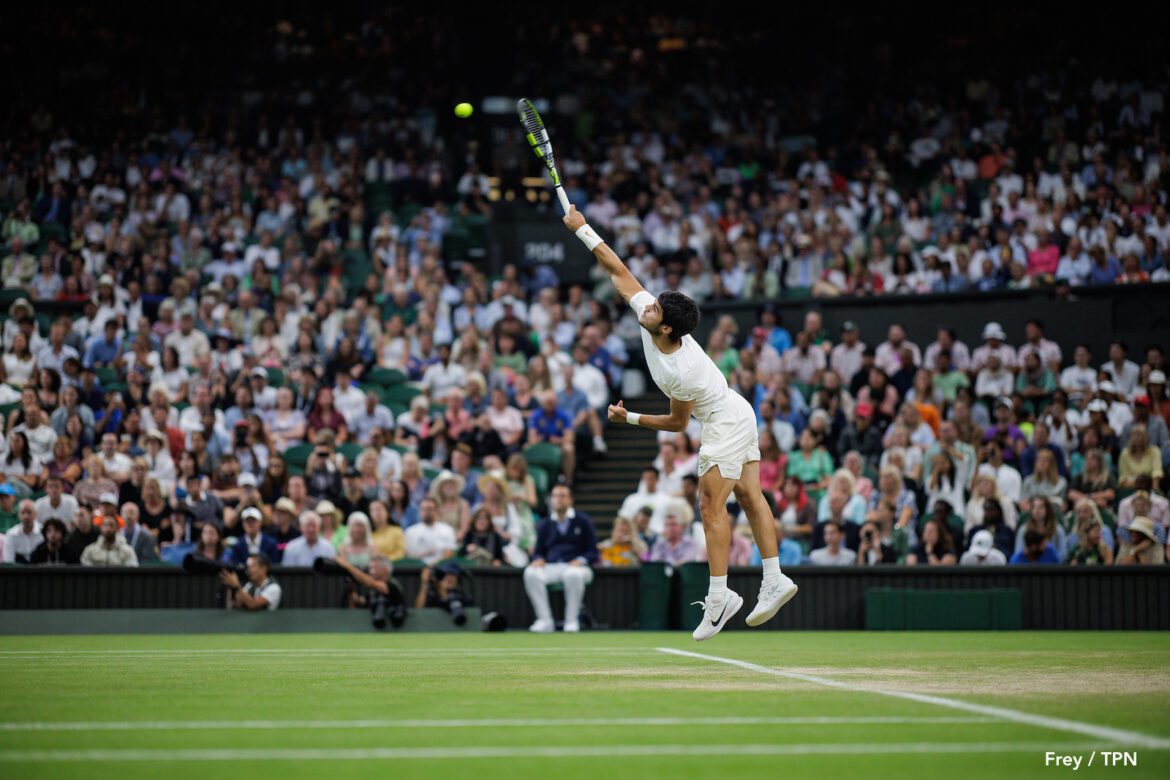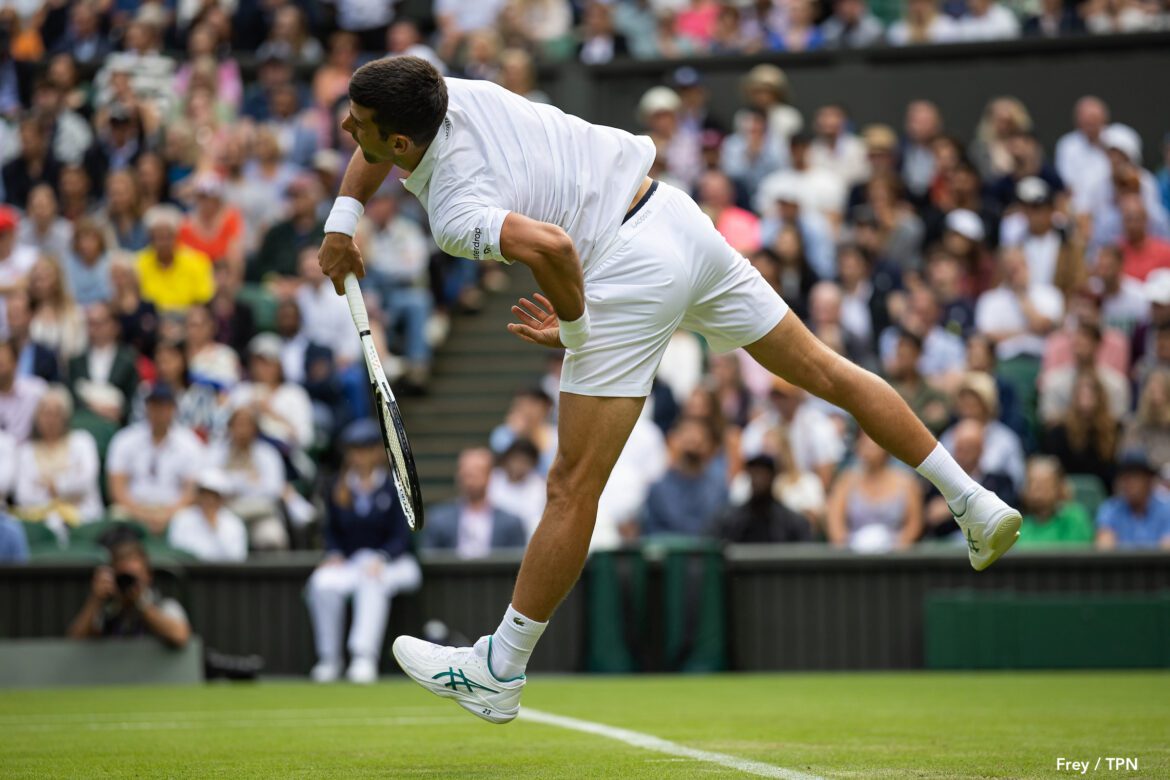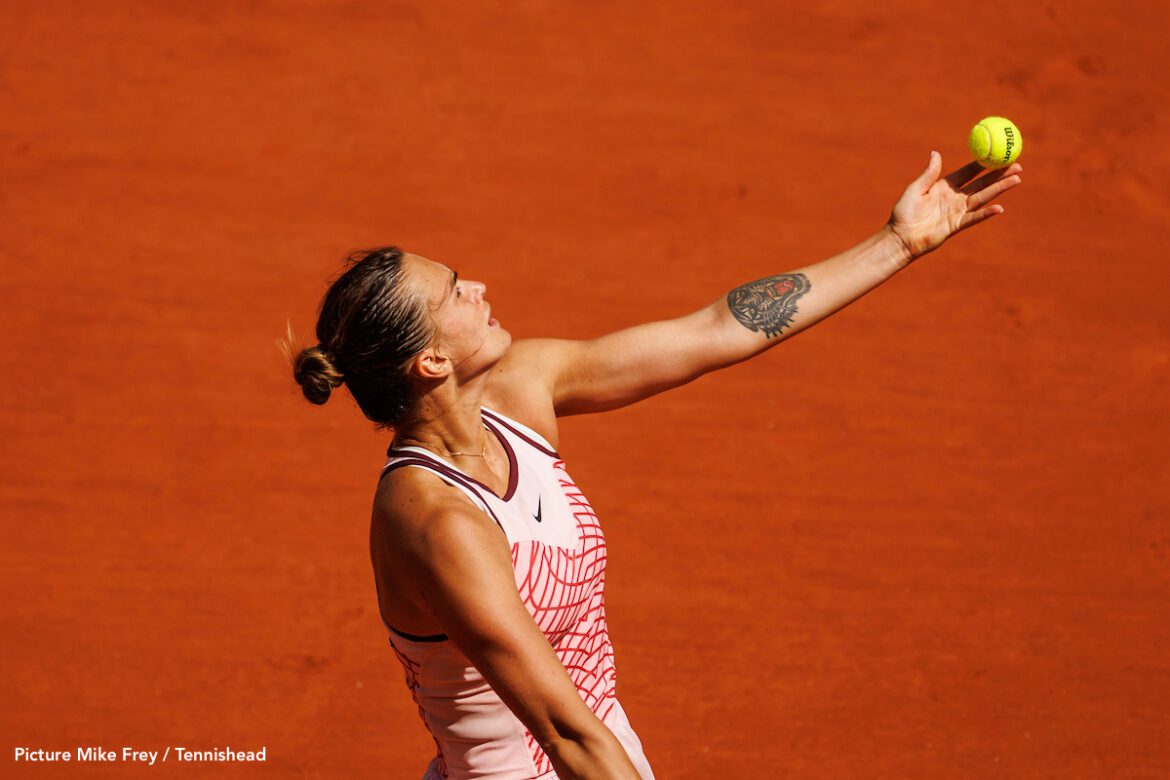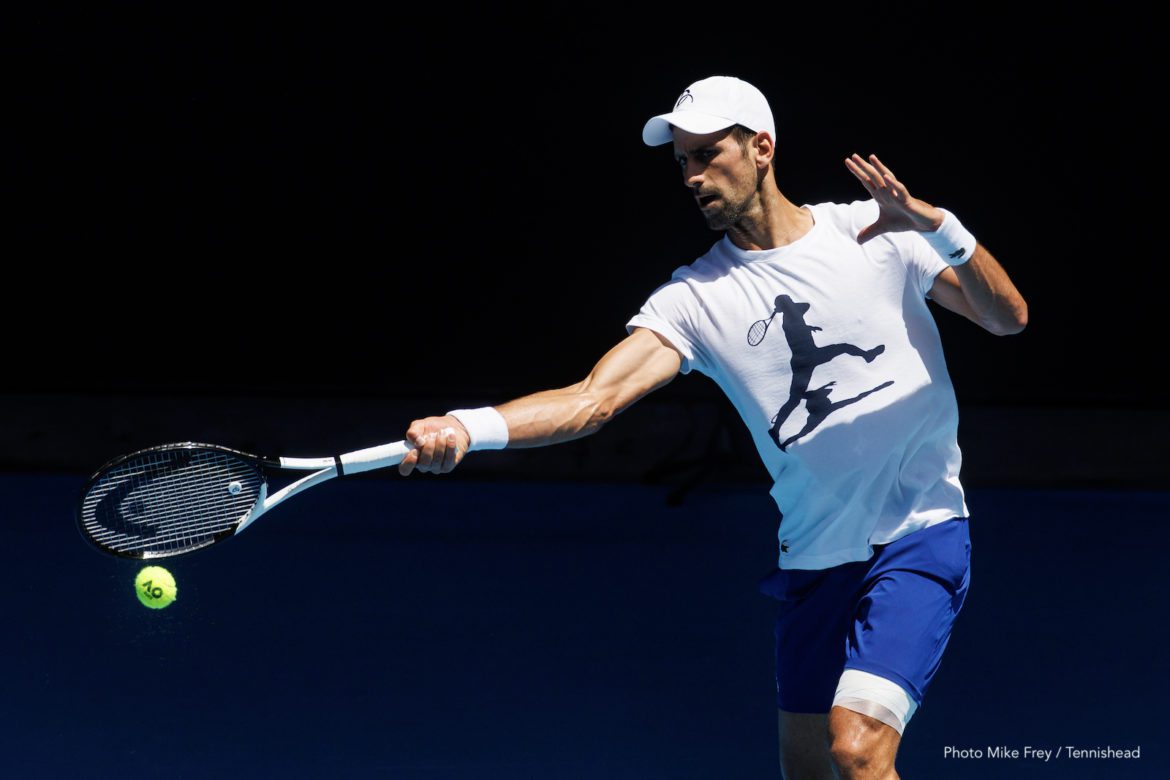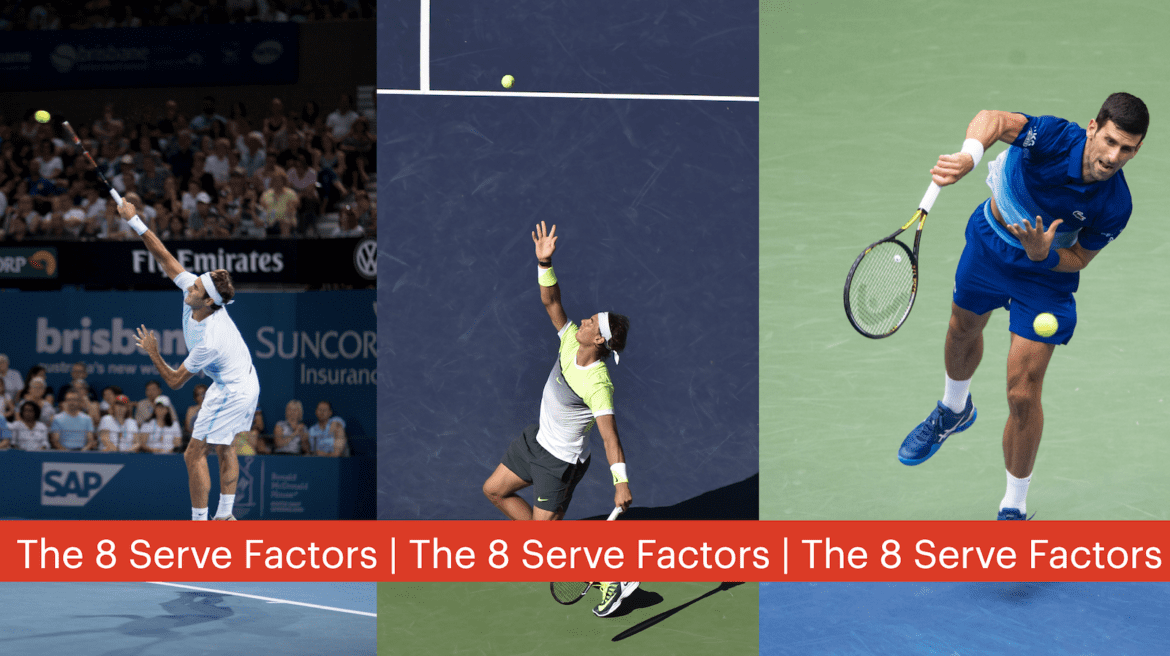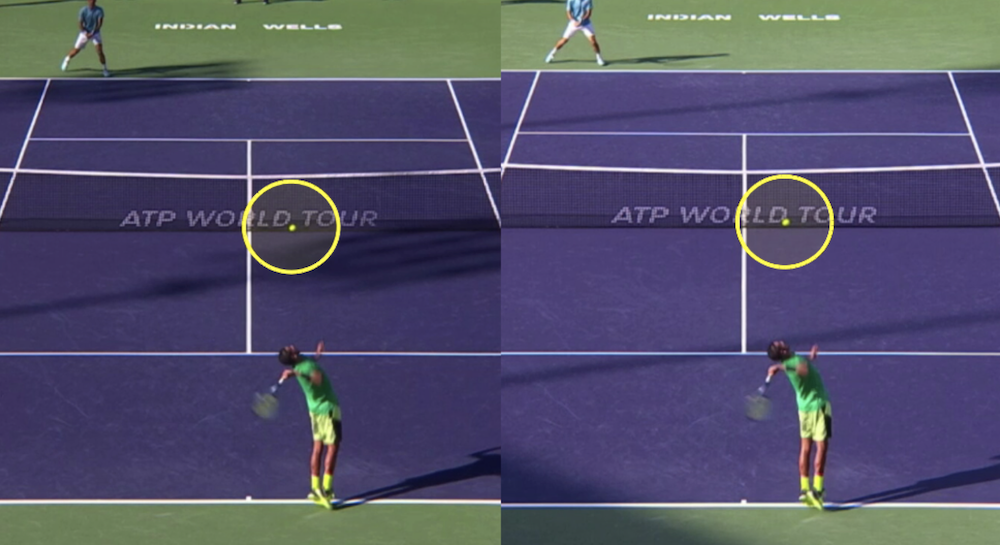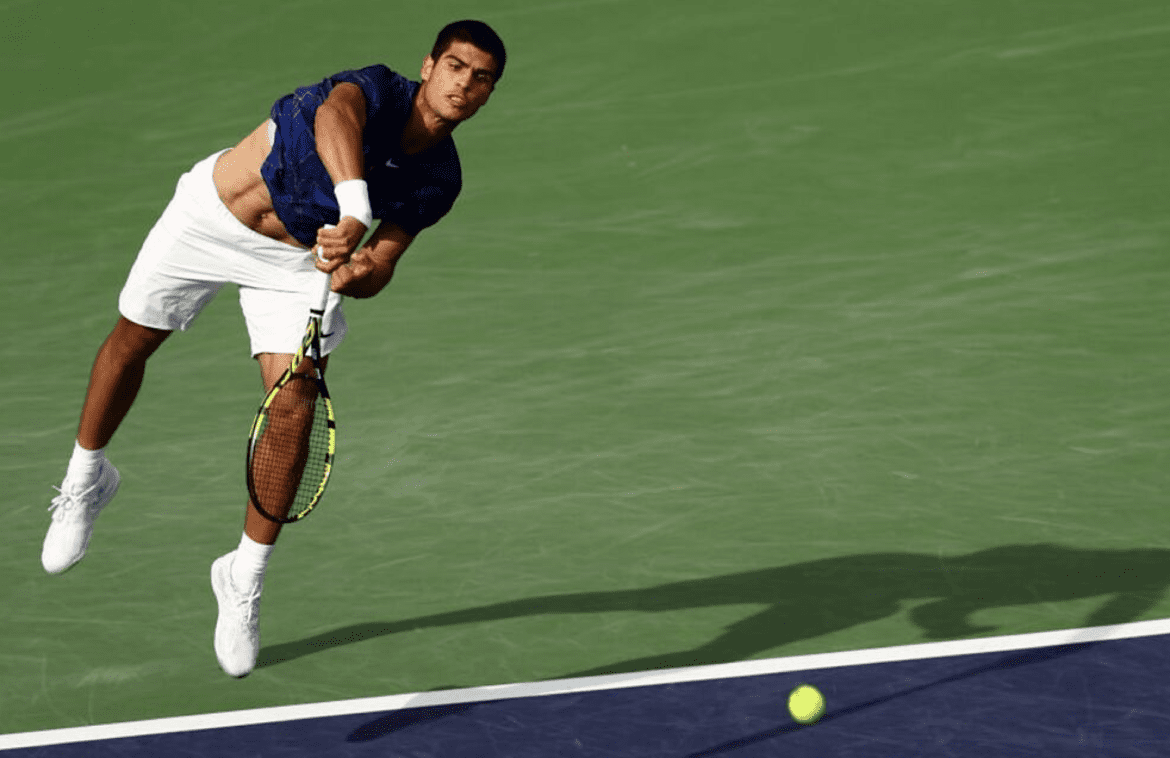The Key Stat To Break Serve More Often
Tuesday, 14 November 2023
G’day from Torino, Through the first four matches here at the 2023 ATP Finals, there have been 16 breaks of serve from 102 service games. That means players are holding 84% of the time. That’s a very solid number. As a comparison, the men held serve 78% at the US Open this year. One factor
- Published in ATP Finals, Serving
No Comments
2023 Wimbledon Final – Alcaraz First Serve Lesson
Sunday, 23 July 2023
Alcaraz: Wimbledon Final 1st Serve Lesson Carlos Alcaraz stunned Novak Djokovic in the Wimbledon final a week ago in a thrilling five-set final. Next Thursday’s webinar will focus on learning the patterns of play and momentum swings of the final and how you can directly improve your game by studying the best two players in
- Published in Carlos Alcaraz, Novak Djokovic, Serving, Wimbledon
Wimbledon Serve Speed Is Trending In The Wrong Direction
Thursday, 06 July 2023
G’day from Wimbledon, 🌱🎾 Sports are supposed to be linear. As the years pass by, athletes get stronger, run faster, and hit the ball harder… you get the picture. Something has happened to serve speed at Wimbledon. It is getting slower instead of faster. Wimbledon is the only Grand Slam that provides historical serve speed
2023 Roland Garros: New Serve Data
Monday, 29 May 2023
G’day from Roland Garros! 🇫🇷🎾 I always enjoy looking at emerging data sets early in a Grand Slam to get a feel for what’s to come. I found this one intriguing today. The focus is when a serve is returned back in play. So we subtract aces and return errors; all we have left is
- Published in Return Of Serve, Roland Garros, Serving
Djokovic Rd1 AusOpen Victory: 10 Quick & Quirky Stats
Tuesday, 17 January 2023
G’day from Melbourne! 🇦🇺🎾 Novak Djokovic returned to Melbourne Park last night with a dominant 6-3, 6-4, 6-0 victory over Roberto Carballes Baena. Here are 10 stats from the match that drill down into his Rd 1 victory. 1: RALLY LENGTH The first thing to understand is that the vast majority of points Novak played
- Published in Australian Open, Novak Djokovic, Rally Length, Return Of Serve, Serving
Serve Webinar: The Eight Serve Factors
Monday, 08 August 2022
G’day! You always play two matches when you step onto the court to compete. During the point. Between the points. We have all heard how tennis is such a mental game. Staying focused on your game plan and the opponent is a crucial element of that. The August 18th webinar (Serve Strategy: Patterns, Percentages
- Published in Novak Djokovic, Rafael Nadal, Roger Federer, Serve Webinar, Serving, Stefanos Tsitsipas
Nick Kyrgios’ Serve. Unreadable. Unhittable. Unstoppable.
Saturday, 09 July 2022
G’day, Is Nick Kyrgios a legitimate chance to upset the Novak Djokovic apple cart 🍎🛒 in the Wimbledon men’s singles final on Sunday? Anything is possible, but the Super Serb is looking to win his fourth Wimbledon in a row and seventh overall. Djokovic has experience to burn. This will be his 32nd Grand Slam
- Published in Nick Kyrgios, Novak Djokovic, Serving, Wimbledon
Alcaraz’s Subtle Weapon: The Body 1st Serve
Wednesday, 30 March 2022
G’day, Most first serves in tennis go at the corners, chasing aces and return errors. And then there is 18-year-old Spanish sensation Carlos Alcaraz. The body server. Alcaraz is lighting the tennis world on fire in Miami this week with a breathtaking display of power tennis that now has him in the quarter-finals against 22-year-old
- Published in ATP Tour, Carlos Alcaraz, Miami, Serving, Stefanos Tsitsipas
